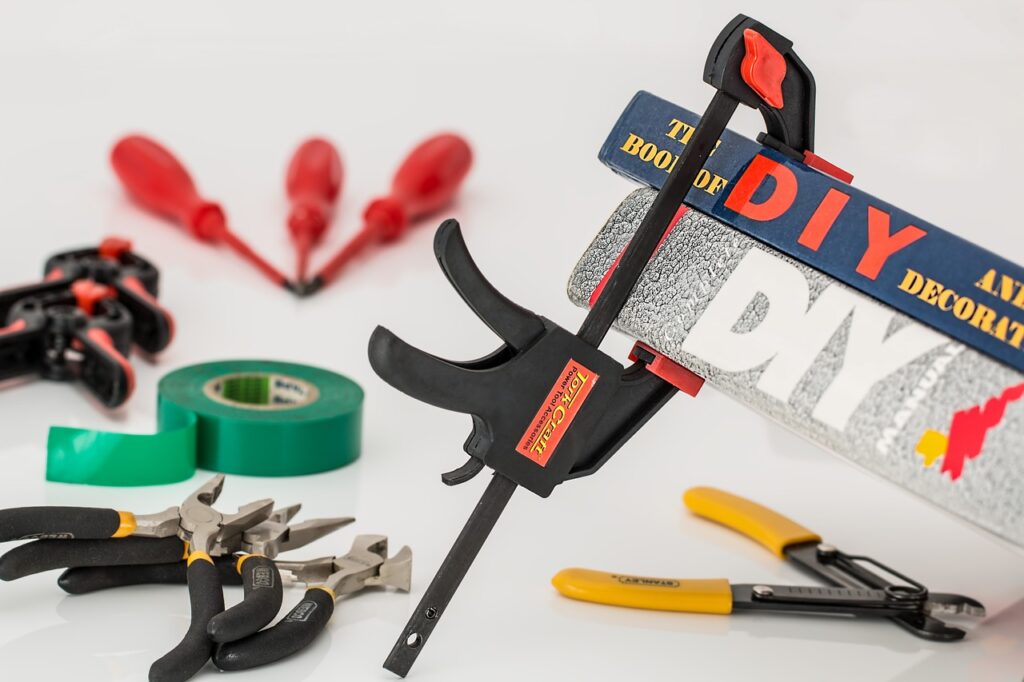Have you ever been knee-deep in a DIY project, only to realize that the tool in your hand just wasn’t cutting it? Maybe you’ve felt that moment of frustration when your pliers slip out of grip or just can’t hold on tight enough. Believe me, I’ve been there, and that’s when I realized how vital it is to choose the right pliers set. It’s like trying to build a bookshelf with a spoon—it just doesn’t work! And as someone who’s tackled a lot of DIY projects, I’ve come to understand that the tools you use, especially pliers, can make or break your experience.
Why You Need the Right Pliers Tool
Let’s be honest. You’re probably thinking, “How hard can it be to pick out pliers? They all look the same!” But that’s where we fall into the trap. Pliers aren’t just pliers. They come in different shapes, sizes, and functionalities, each with a specific purpose that can transform your DIY project from a frustrating challenge to a smooth and satisfying endeavor. Imagine you’re working on an intricate wire frame—something I once attempted after a brief stint in Bruxelles, a city that completely swept me off my feet. My mind was buzzing with inspiration from the gorgeous ironworks that dotted the city. But back in my little workshop, my plain old pliers tool just couldn’t grip or twist the wire the way I wanted. That’s when it clicked. The right tools matter more than we often realize.
So, what exactly should you be looking for in a pliers set? Let me guide you through it.
Different Types of Pliers for Different Needs
You’ve got your needle-nose pliers, diagonal pliers, lineman’s pliers, slip-joint pliers—the list goes on. It’s a bit like choosing between different polygons; each one has a purpose, even though they might seem similar at first glance. I remember working on a polygon-inspired mosaic table one summer. The tricky angles required precision, and I was thankful to have needle-nose pliers to help me secure tiny mosaic tiles that kept slipping out of place.
Here’s a breakdown of some common types:
1. Needle-Nose Pliers – Ideal for gripping small objects and bending wires in tight spaces. Think jewelry-making, small electronics, or any project that requires delicate work.
2. Diagonal Pliers – Perfect for cutting wires and pins. If you’re tackling electrical work, these are your best friend.
3. Slip-Joint Pliers – The jack-of-all-trades pliers. They can adjust to grip larger objects and are great for basic plumbing tasks or household fixes.
Choosing a versatile pliers set that includes a variety of these tools will cover your bases and prepare you for any project you take on.
How to Choose Based on Quality
It’s not just about having the right type of pliers but also ensuring they are of good quality. You don’t want a pair that’s going to wear out after a few uses. I once bought a cheap plier set, thinking I was getting a bargain. Little did I know, it’d be like using a toy hammer for a real nail—it just doesn’t hold up. Especially when I started working with TRX suspension training equipment. You wouldn’t believe how often you need pliers to tighten bolts or adjust hooks with those. Cheap pliers? They didn’t stand a chance.
Here’s what you should be looking for:
– Material: Opt for pliers made from high-quality steel. The stronger the metal, the longer your pliers will last, and the better they’ll handle tough materials.
– Comfortable Grip: It might sound minor, but trust me, a good grip can make hours of work feel like minutes. Look for pliers with rubber-coated handles or ergonomic designs.
– Spring-Loaded Mechanism: Some pliers have a spring mechanism that helps them open automatically after each squeeze. This is a lifesaver when you’re working on long projects and your hands are starting to cramp up.
Why Having a Complete Pliers Set is Crucial
Let me just say this: It’s better to have a pliers set than to keep buying individual pairs as you go. Think of it like having a toolbox for your polygons. Just as a shape needs all its sides to be complete, your toolkit needs a variety of pliers to ensure that you’re prepared for any job that comes your way. I can’t count the number of times I’ve been in the middle of a project, only to realize that a different type of pliers was exactly what I needed.
Plus, having a full pliers set means you’re covered whether you’re working on small craft projects or larger, more mechanical tasks. Trust me, when you’re knee-deep in a project, the last thing you want to do is drop everything and run to the hardware store.
It’s All About the Right Tools for the Right Job
So, if you’re thinking about diving into your next DIY adventure, do yourself a favor: get the right pliers set. You’ll save yourself a ton of frustration and make your projects not only easier but actually enjoyable. Whether you’re twisting delicate wire inspired by a Bruxelles afternoon, adjusting TRX gear, or tackling a polygon-shaped masterpiece, the right tools will be your best ally.


